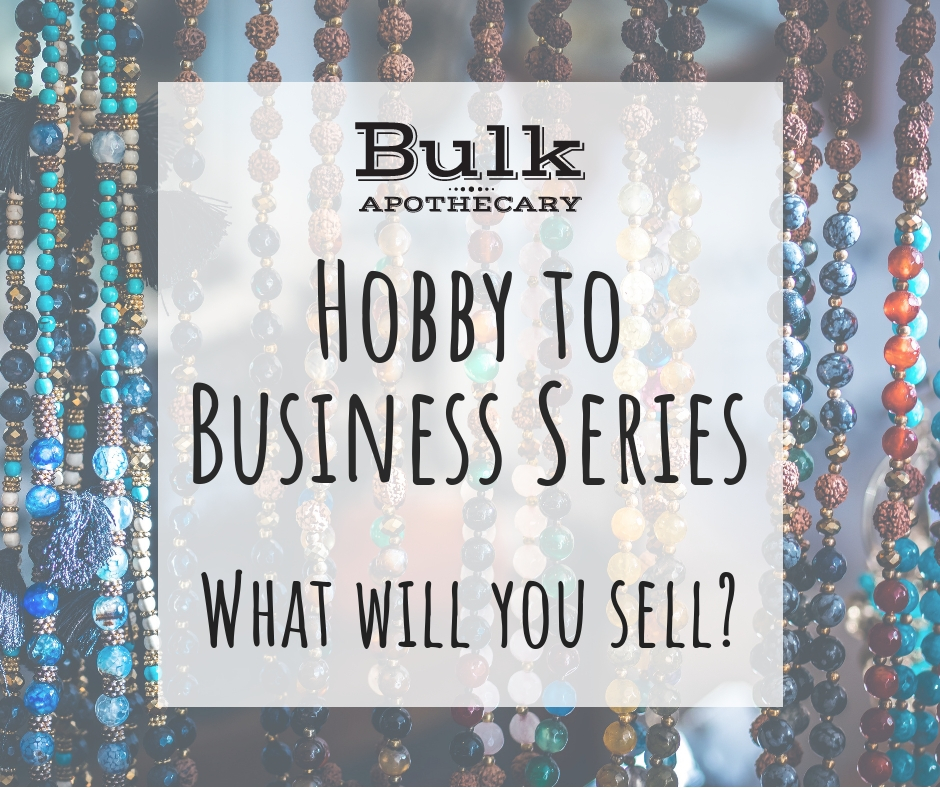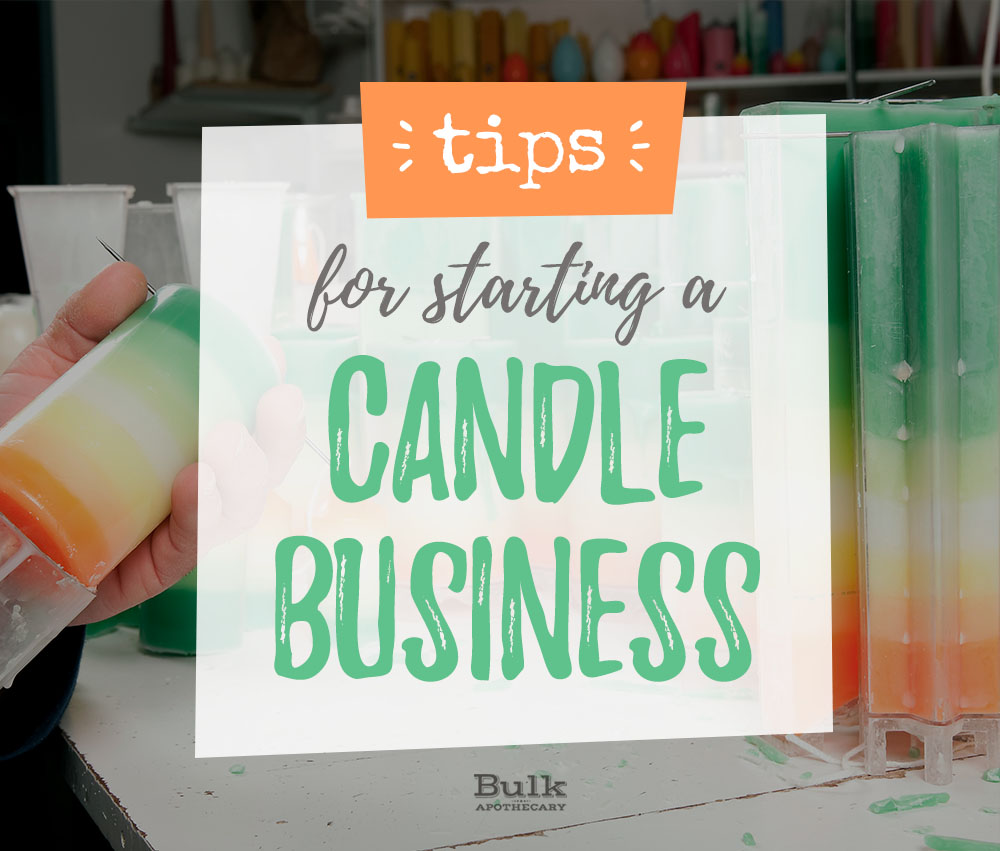
Determining What to Sell
I firmly believe the old saying “slow and steady wins the race” holds true. As crafters, we often forget there’s a lot more to do than just making product. After all, that’s the most enjoyable part, right? There are numbers to crunch, planning to do and networking to be done. However, doing these things can become quite a difficult task if you don’t know exactly what it is you want to offer.
So, what do you want to sell? Soap? Bath bombs? Candles? Necklaces? Determining what to sell isn’t always difficult, but isn’t always easy. Take time to jot down your own thoughts and research and even patronize your competitors. See what’s selling. See what isn’t. Ask your friends and family what type of product they would be likely to buy for themselves or as a gift for a loved one.
Here are some things to take into consideration: Is your product going to be new to the scene? Is the market already saturated with this type of product? If so, what sets your product apart? How are you going to convey this message? Is it going to be in the ingredients, packaging; perhaps even the vibe of your booth or online store?
As I was thinking about what I’ve learned throughout the course of my research, I’ve pinpointed three categories that I think are detrimental to choosing what to sell. Let’s take a closer look.
Cost Effective
I have been tinkering with soapmaking for a couple years now and while I have learned a lot, I still have not launched my own business. You can search the internet for cold process soap recipes and end up with thousands of results, but I do not want to sell a recipe that is not mine. I have been taking this time to invest in research and product development to ensure I’m not just taking a shot in the dark.
A few months ago I made a cold process recipe that included several ounces of Argan oil and it was super successful. It lathered well, was creamy and delicious and left everyone’s hands feeling soft and moisturized. It got positive feedback from every individual that tried the soap, except there was one problem: I gave out so much soap to “try” that I had very little left to sell. As a matter of fact, I still haven’t sold any because there are two bars left and I’m just not ready to part with them yet. However, this is important in product development – honest feedback is indicative of how the masses will receive your product.
Don’t get me wrong, my employee discount is great, but Argan oil is still expensive and I’ve still got bills to pay and cats to feed! (So what, I’m that lady.) On my very small scale of production, Argan oil just isn’t a cost effective ingredient for me to use at this time. If you begin to sell a product you cannot afford to source, you will soon find yourself losing money. It’s important to start comparing prices of your raw components so you can ensure you are offering a cost-effective product for both you and your consumer.
Unique
Let’s face it – handmade products are everywhere. Your product has to stand out in some way from your competitors, be it price, packaging, quality or message.
I recently connected with a customer who reached out via social media. She lives on a farm and is able to source most all of her ingredients right at home. She makes cold process soap and incorporates her goats’ milk into her recipe. She then felts the soap with wool from their sheep. How cool is that? The more resources you have at your fingertips, the better off you are. This is the prime example of a unique product that is cost effective.
What makes your product special? Is the passion of your craft driven by your passion for something in your personal life? For an example, I’ve spoken with a customer whose family owns a bakery. She was expanding into offering candles in bakery scents for her customers. Not only does this tie into her own passion, but is also a relevant offering to her patrons. Maximize the most of every opportunity!
Another person may sell soaps geared towards children in fun shapes, scents and colors. Perhaps your product line will include a gift set that offers a variety of products in the same fragrance. Maybe you will exclusively offer bath bombs. In addition to your stock inventory, you could incorporate an seasonal line of products.
Solves a solution
There has to be a reason for someone to buy your product. Whatever that may be, you are selling a solution to your customer’s need. What is the need for soap? Easy – hygiene! Candles? They make your house smell great!
Or we can narrow it down even further to someone that needs an unscented soap due to a skin condition, or is unable to tolerate harsh chemicals due to their medical treatments. Maybe that customer happens to be buying a candle for their friend in memory of her late mother because the scent reminds her of the potpourri in her mom’s home. Perhaps the woman that just walked into your booth forgot about her cousin’s birthday party this weekend and needs to get a gift. Or, the customer bought a candle because they realized they have none in case of a power outage and thunderstorms are approaching next week.
No matter how important or casual the reason, you are still fulfilling a need for your customer, be it a heartwarming gift or just a gentle bar of soap for hand washing. Your product, branding, customer service and marketing techniques will all help you build the target audience you seek, but everyone will always have a different reason for purchasing your product. I firmly believe as long as you serve your customer properly, the rest will take care of itself.
Conclusion
Once you know what type of product you would like to offer, the rest of your vision will begin to fall into place. With a well-defined product, cohesive branding and marketing will follow.



Hello.. I recently purchased the pumpkin pie and caramel lip balm flavoring along with several others and the other flavors were great but the pumpkin pie and the caramel were not good at all.. I put maximum amount allowed for my base and you couldn’t even tell it was in there especially with the pumpkin pie… is there anything I can do to make the pumpkin and caramel work better in my lip balms??
We recommend a maximum usage rate of 5% of lip balm flavor to the total recipe volume/weight; however, you can add/decrease at your discretion.